Home>Furniture & Design>Bathroom Accessories>Bathtub Leaks When Draining
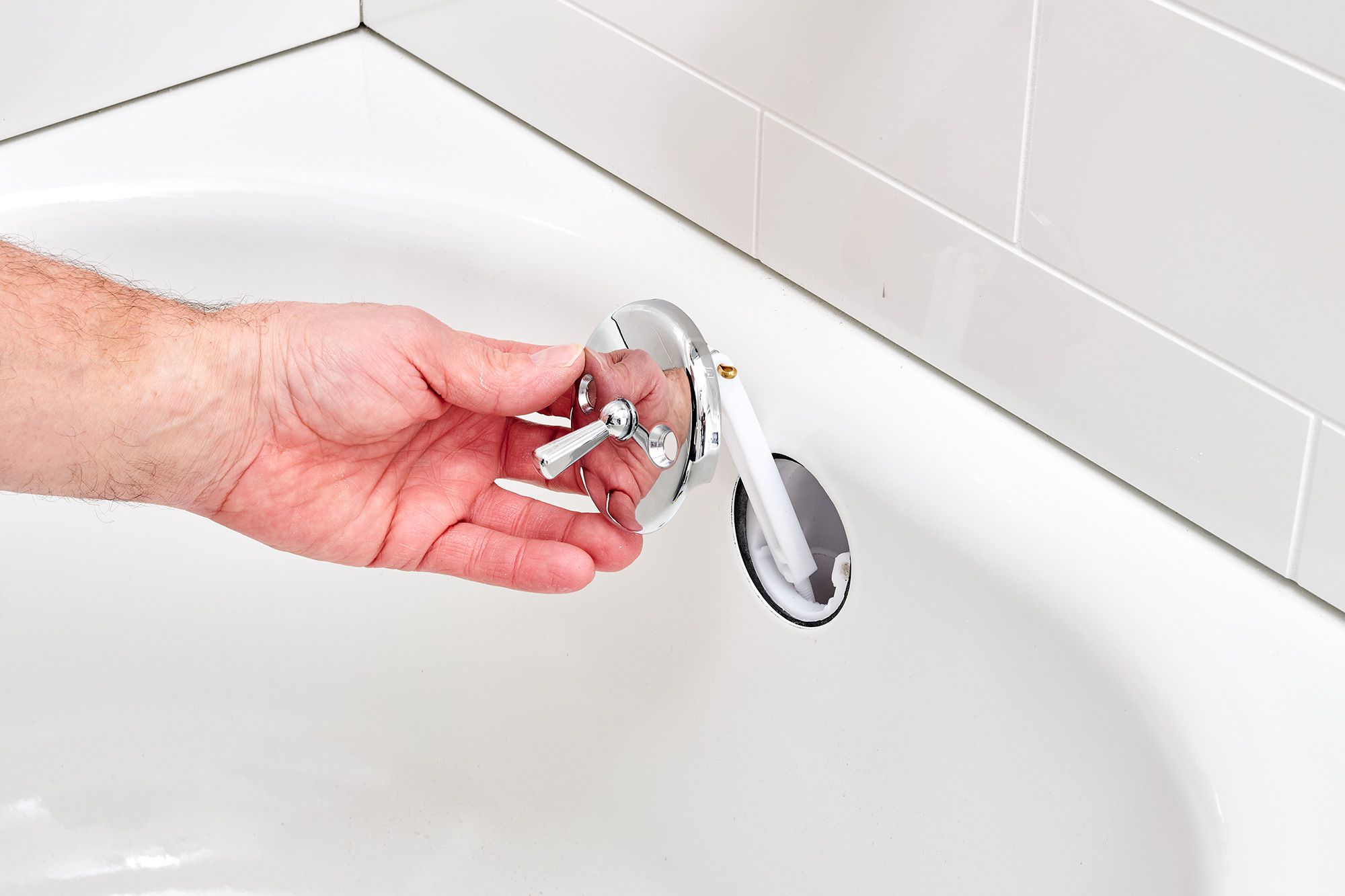

Bathroom Accessories
Bathtub Leaks When Draining
Published: February 19, 2024
Prevent water damage with our top-quality bathroom accessories. Stop bathtub leaks when draining with our easy-to-install solutions.
(Many of the links in this article redirect to a specific reviewed product. Your purchase of these products through affiliate links helps to generate commission for Storables.com, at no extra cost. Learn more)
Common Causes of Bathtub Leaks When Draining
Bathtubs are a sanctuary for relaxation and rejuvenation, but a leaky tub can quickly turn this tranquil space into a source of frustration. Understanding the common causes of bathtub leaks when draining is crucial for addressing the issue promptly and effectively. Here are the primary culprits behind bathtub leaks during drainage:
-
Worn Out Seals: Over time, the seals around the bathtub drain and overflow can deteriorate, leading to leaks. These seals are essential for preventing water from seeping into the subfloor or adjacent walls. If you notice water pooling around the base of the tub during or after draining, worn-out seals could be the likely cause.
-
Cracked Pipes: The plumbing beneath the bathtub can develop cracks due to age, corrosion, or structural stress. These cracks allow water to escape, resulting in leaks when the tub is drained. Inspecting the pipes for visible damage or moisture accumulation can help identify this issue.
-
Loose Connections: The connections between the bathtub drain, overflow, and the main plumbing system can loosen over time, especially with frequent use. Loose connections create gaps where water can escape, causing leaks during drainage. Tightening these connections may resolve the issue in some cases.
-
Damaged Grout and Caulking: The grout and caulking around the edges of the bathtub can degrade, allowing water to seep through and accumulate beneath the tub. This can lead to leaks when draining the tub. Inspecting the grout lines and caulking for cracks or gaps is essential for identifying this potential cause of leaks.
-
Clogged Drain: A clogged bathtub drain can cause water to accumulate and exert pressure on the surrounding seals and pipes, leading to leaks. Hair, soap scum, and other debris can obstruct the drain over time, necessitating thorough cleaning to restore proper drainage and prevent leaks.
Understanding these common causes of bathtub leaks when draining empowers homeowners to take proactive measures to address the issue. By identifying the specific cause of the leak, appropriate steps can be taken to rectify the problem and restore the bathtub to its leak-free state.
Key Takeaways:
- Don’t let a leaky bathtub drain dampen your relaxation time! Look out for worn-out seals, cracked pipes, loose connections, damaged grout, and clogged drains as common culprits. Addressing these issues promptly can restore your tranquil bathing experience.
- If you suspect a bathtub leak, take a detective approach! Use food coloring, inspect underneath the tub, and pay attention to odors to identify the source. Once pinpointed, gather the right tools and materials to fix the issue and prevent further water damage.
Read more: Bathtub Spout Leaking When Shower Is On
How to Identify a Bathtub Leak When Draining
Identifying a bathtub leak when draining requires keen observation and systematic assessment. Here's a step-by-step guide to help you pinpoint the source of the leak:
-
Visual Inspection: Start by visually examining the area around the bathtub after draining. Look for any signs of water accumulation, dampness, or discoloration on the floor, walls, or base of the tub. Additionally, check for peeling paint or wallpaper, as these can indicate water seepage.
-
Use of Food Coloring: To detect subtle leaks, fill the bathtub with water and add a few drops of food coloring. Let the water sit for a while, then drain the tub. If colored water appears on the floor or around the base of the tub, it indicates a leak in the seal or piping.
-
Check Underneath the Tub: Access the area beneath the bathtub, if possible, to inspect the condition of the pipes, seals, and surrounding surfaces. Look for any moisture, mold, or water stains, as these are telltale signs of a leak.
-
Observation During Drainage: While the tub is draining, observe the drain and overflow areas closely. Look for any water seepage or dripping around these components, as well as any unusual sounds that could indicate a leak.
-
Caulking and Grout Examination: Inspect the caulking and grout lines around the edges of the bathtub. Look for cracks, gaps, or areas where the caulking has pulled away from the surface. These can be potential entry points for water leaks.
-
Odor Detection: A musty or damp odor in the bathroom, especially after draining the tub, can be a sign of hidden water leaks. Pay attention to any unusual smells and investigate their source to identify potential leaks.
By following these steps, you can effectively identify a bathtub leak when draining. Once the source of the leak is pinpointed, you can proceed to address the issue and prevent further water damage.
Steps to Fix a Bathtub Leak When Draining
Addressing a bathtub leak when draining requires a systematic approach to effectively resolve the issue and prevent further water damage. Here are the essential steps to fix a bathtub leak:
-
Identify the Source: Before initiating any repairs, it's crucial to pinpoint the exact source of the leak. Based on the observations and assessments conducted during the identification phase, determine whether the leak originates from worn-out seals, cracked pipes, loose connections, damaged grout and caulking, or a clogged drain.
-
Gather Necessary Tools and Materials: Depending on the identified cause of the leak, gather the required tools and materials for the repair. This may include a caulking gun, silicone caulk, plumber's putty, pipe sealant, wrenches, and drain cleaning tools. Ensuring that you have everything on hand will streamline the repair process.
-
Replace Worn-Out Seals and Caulking: If the leak stems from worn-out seals or damaged caulking, the first step is to remove the old seals and caulking using a putty knife or scraper. Thoroughly clean the area to remove any residue, and then apply a new bead of silicone caulk or plumber's putty around the drain and overflow components. Ensure a tight seal to prevent future leaks.
-
Repair Cracked Pipes or Loose Connections: In the case of cracked pipes or loose connections, carefully inspect the affected areas for visible damage. If a crack is identified, it may be necessary to replace the damaged section of the pipe. For loose connections, use a wrench to tighten the fittings and ensure a secure, leak-free joint.
-
Clear Clogged Drains: When a clogged drain is the culprit, use a drain snake or a plunger to clear the obstruction. For stubborn clogs, a chemical drain cleaner or a mixture of baking soda and vinegar can help dissolve the blockage. Once the drain is clear, run water to ensure proper drainage and verify that the leak has been resolved.
-
Test for Leaks: After completing the necessary repairs, fill the bathtub with water and allow it to drain while closely monitoring the previously affected areas. Look for any signs of leakage or seepage, and listen for any unusual sounds that may indicate a persistent leak. This step is crucial for verifying the effectiveness of the repairs.
-
Preventive Maintenance: To prolong the integrity of the repairs and prevent future leaks, incorporate preventive maintenance practices. Regularly inspect the seals, caulking, and plumbing components for signs of wear or damage, and address any issues promptly to avoid potential leaks.
By following these comprehensive steps, you can effectively fix a bathtub leak when draining, restoring the functionality of your bathtub and ensuring a leak-free bathing experience. If the issue persists or if you encounter complex plumbing challenges, seeking professional assistance is advisable to address the problem with expertise and precision.
When to Call a Professional for Bathtub Leak Repairs
While many bathtub leaks can be addressed through DIY efforts, there are instances where seeking professional assistance is not only advisable but essential. Knowing when to call a professional for bathtub leak repairs can prevent potential complications and ensure that the underlying issues are effectively resolved.
Complex Plumbing Challenges
If the source of the bathtub leak involves complex plumbing challenges such as extensive pipe damage, intricate connections, or underlying structural issues, it is prudent to enlist the expertise of a professional plumber. These professionals possess the knowledge, experience, and specialized tools required to navigate intricate plumbing systems and address underlying issues effectively.
Read more: Why Does Toilet Gurgle When Bathtub Drains
Persistent or Hidden Leaks
Persistent or hidden leaks that continue to pose a challenge despite DIY repair attempts warrant professional intervention. A professional plumber can conduct thorough leak detection using advanced techniques such as pressure testing and thermal imaging to identify hidden leaks within the plumbing system or beneath the bathtub. Addressing these elusive leaks promptly can prevent extensive water damage and structural deterioration.
Structural Integrity Concerns
When bathtub leaks raise concerns about the structural integrity of the surrounding areas, including the subfloor, walls, or adjacent spaces, consulting a professional is crucial. Water damage can compromise structural components, leading to rot, mold growth, and potential safety hazards. A professional plumber can assess the extent of the damage and implement targeted repairs to restore structural integrity and prevent further deterioration.
Compliance with Building Codes
In cases where bathtub leak repairs involve modifications to the plumbing system or structural elements, adherence to local building codes and regulations is paramount. Professional plumbers are well-versed in building codes and can ensure that the repairs are carried out in compliance with regulatory standards, thereby avoiding potential legal and safety issues associated with non-compliant modifications.
Time and Cost Considerations
While DIY efforts can be cost-effective in certain scenarios, investing in professional bathtub leak repairs can offer long-term benefits. Professional plumbers can expedite the repair process, minimize disruption to your daily routine, and provide lasting solutions that mitigate the risk of future leaks. Additionally, their expertise can prevent costly errors that may arise from inexperienced repair attempts.
By recognizing these scenarios and understanding the value of professional expertise, homeowners can make informed decisions regarding bathtub leak repairs. Seeking professional assistance when necessary can safeguard the integrity of the plumbing system, mitigate water damage, and ensure a reliable, long-term solution for bathtub leaks.
Frequently Asked Questions about Bathtub Leaks When Draining
Was this page helpful?
At Storables.com, we guarantee accurate and reliable information. Our content, validated by Expert Board Contributors, is crafted following stringent Editorial Policies. We're committed to providing you with well-researched, expert-backed insights for all your informational needs.
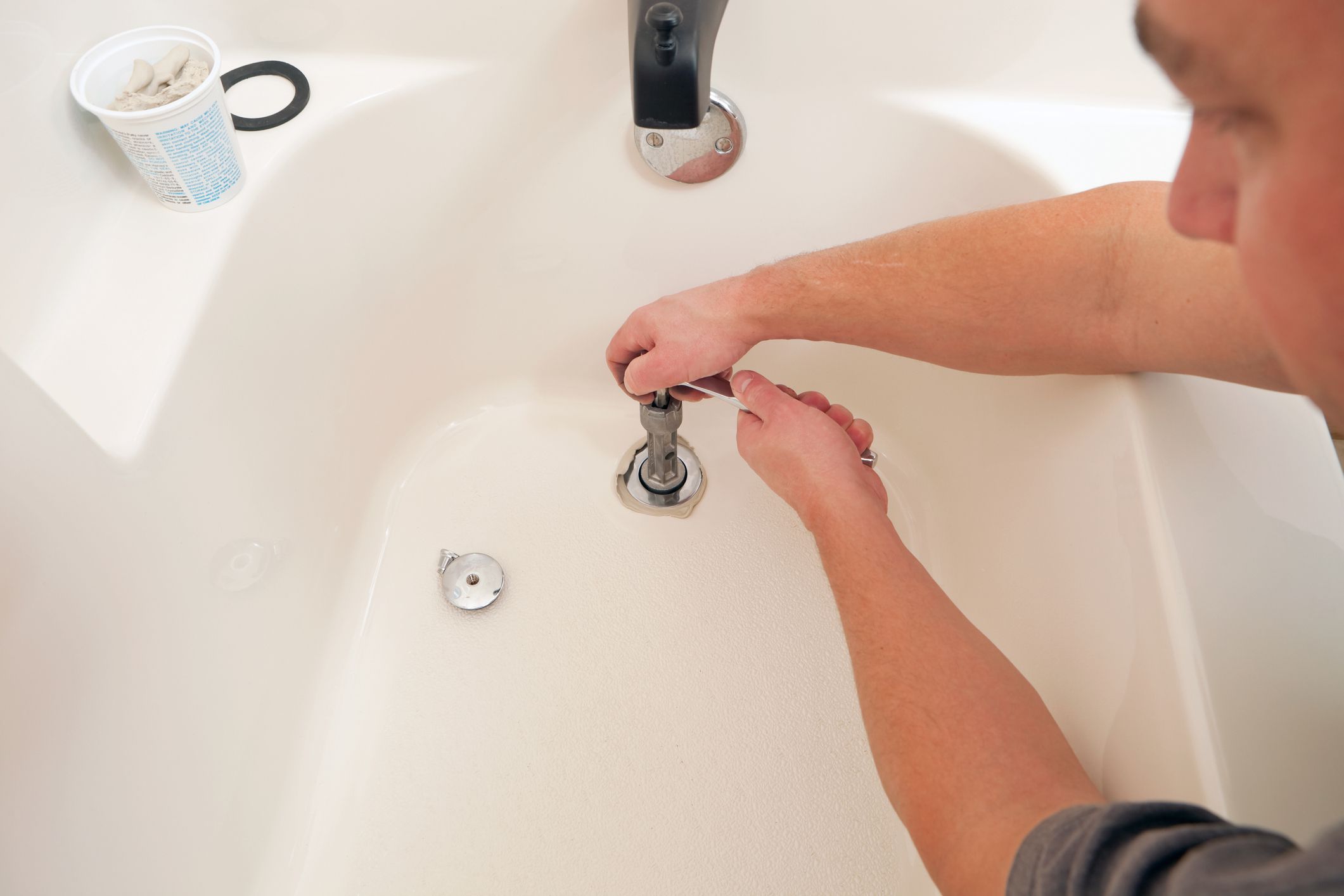
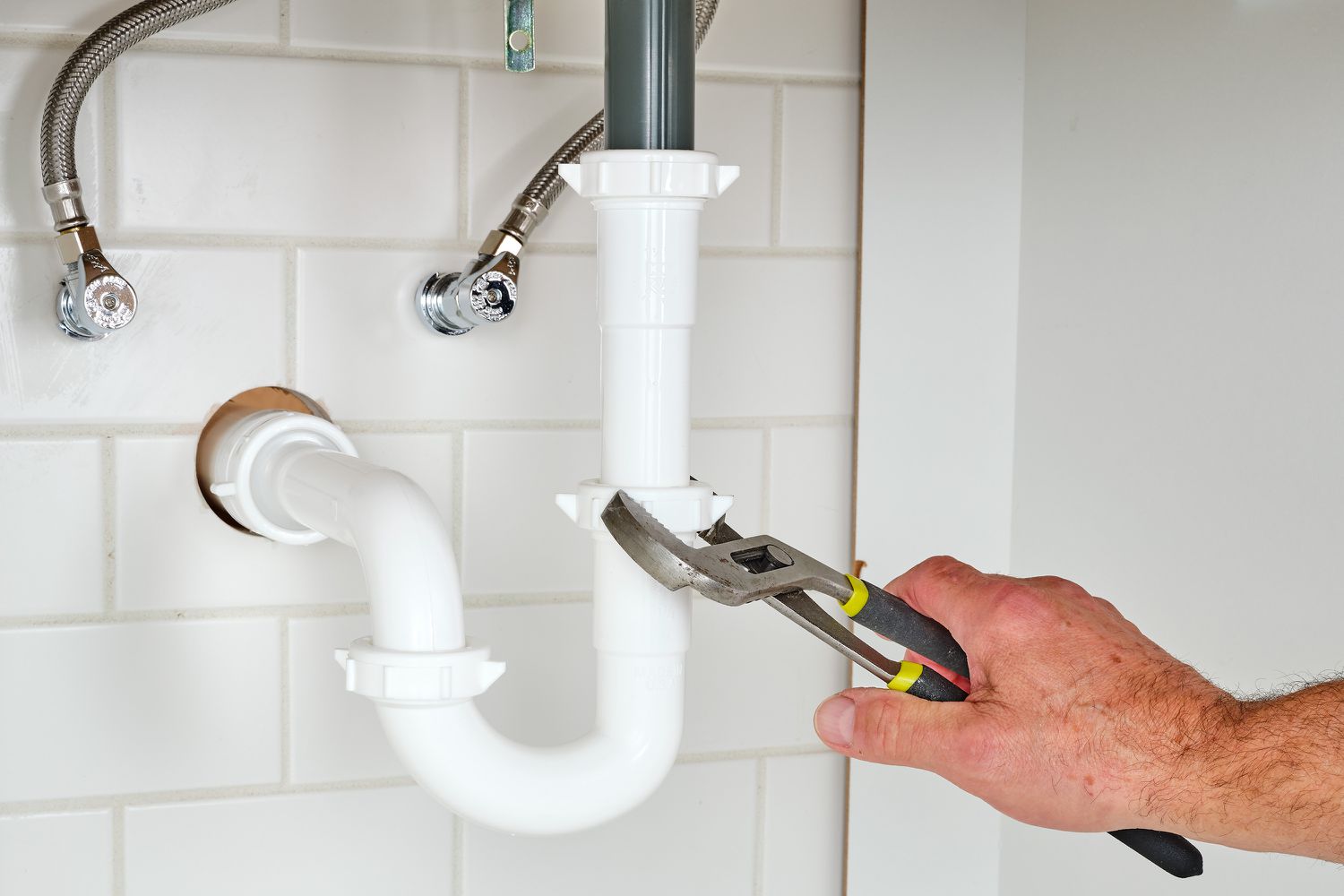
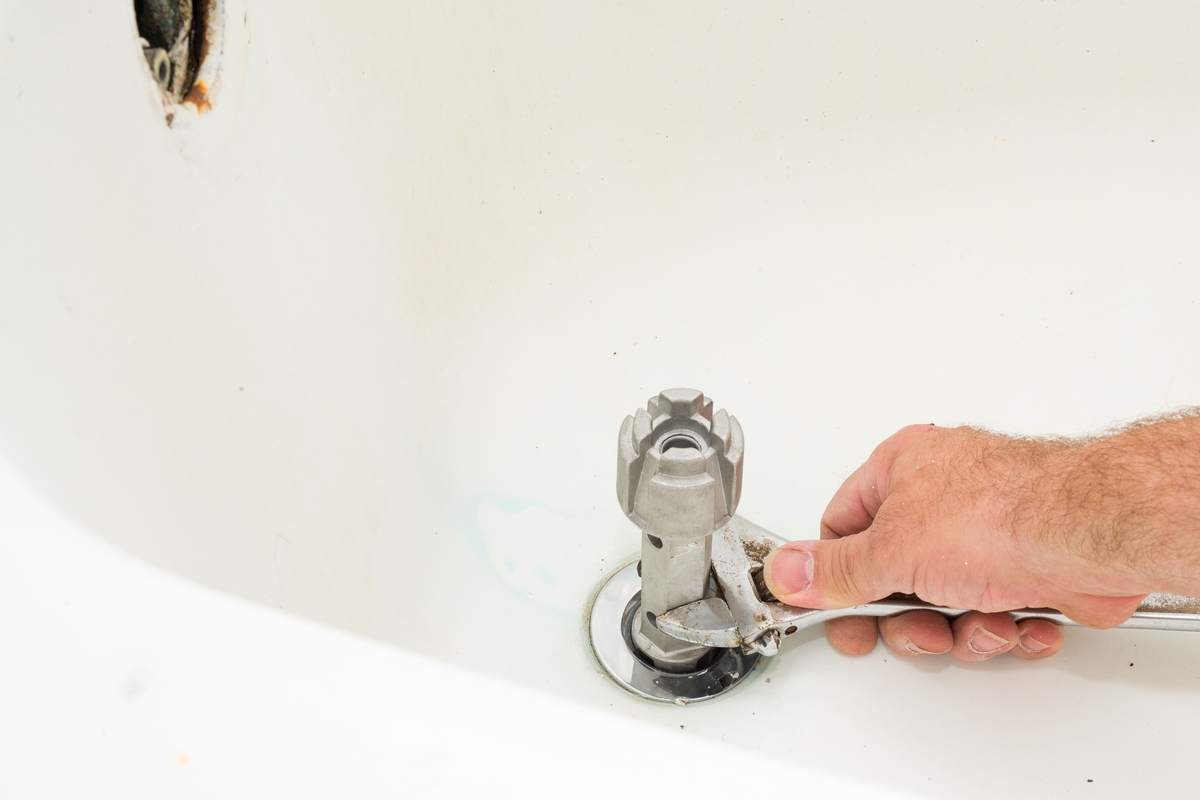
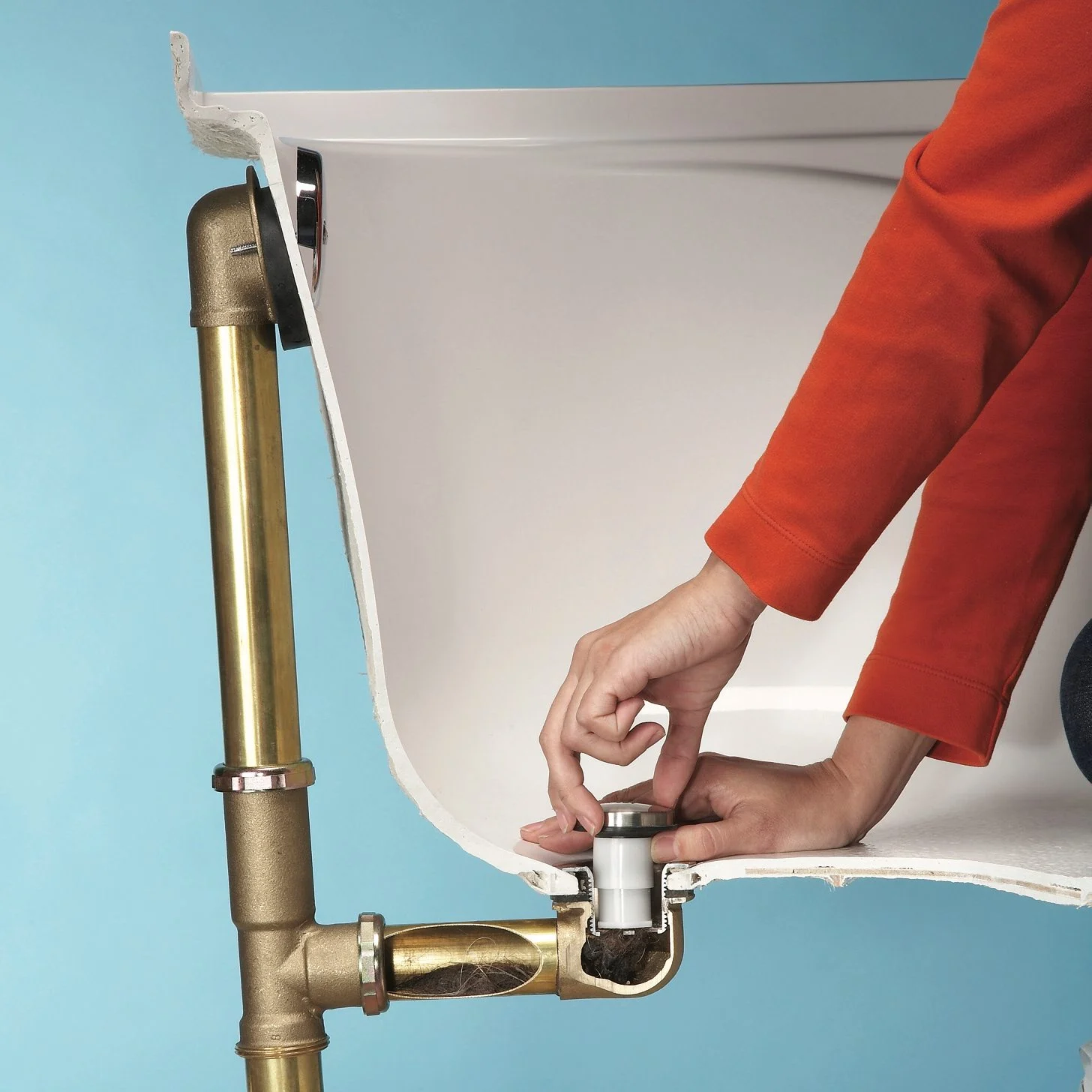
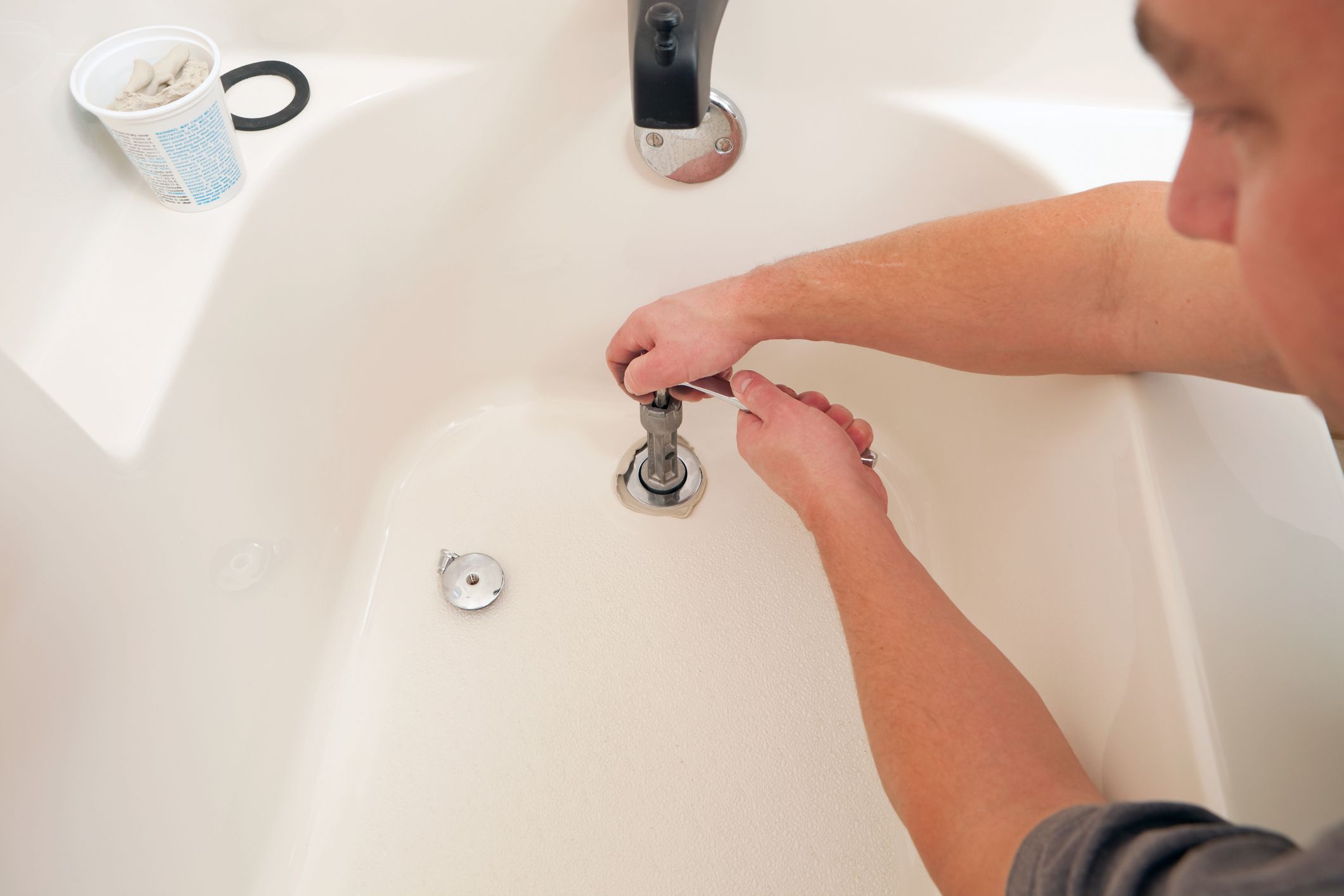
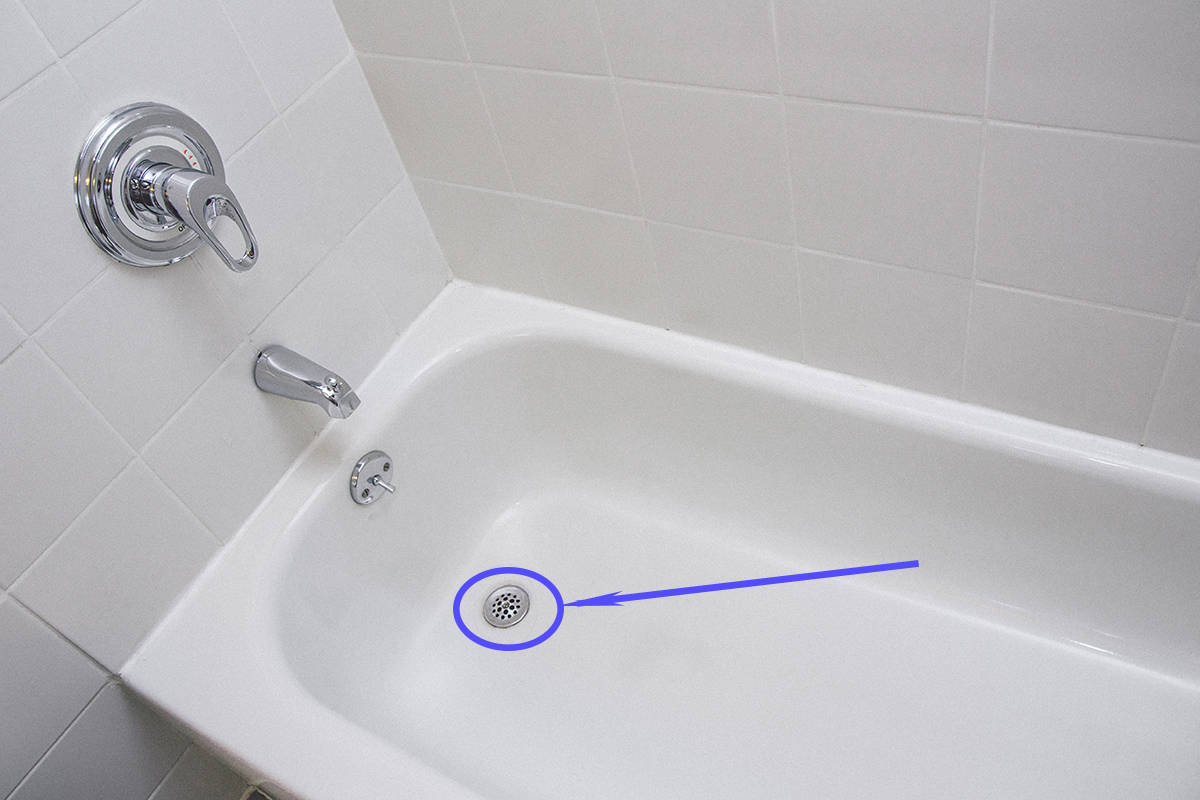
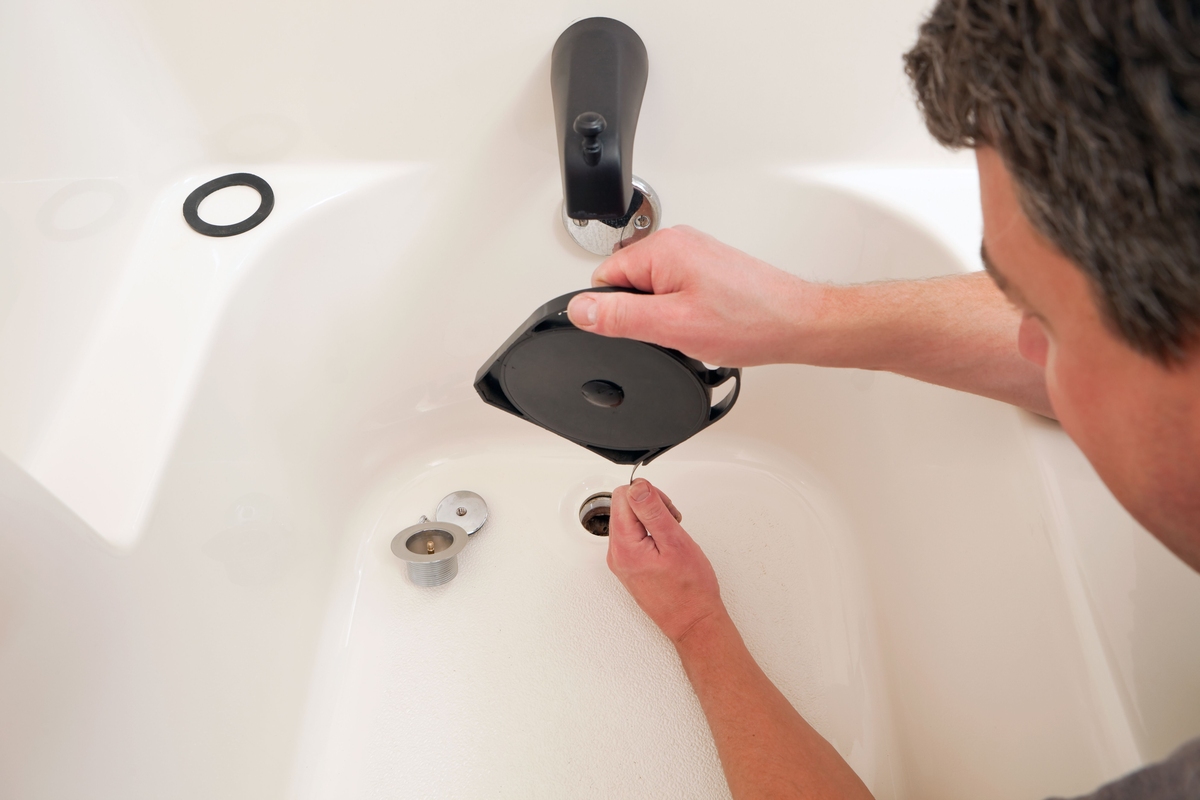
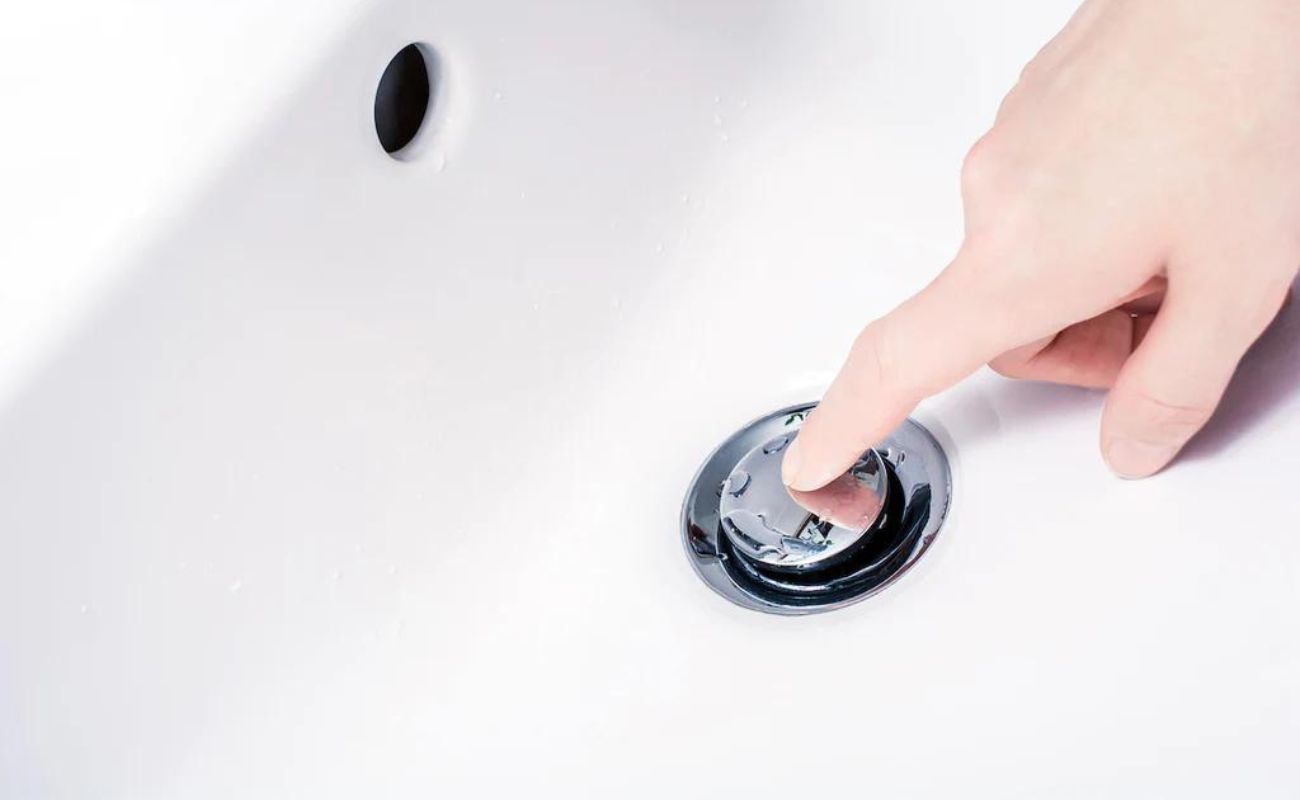
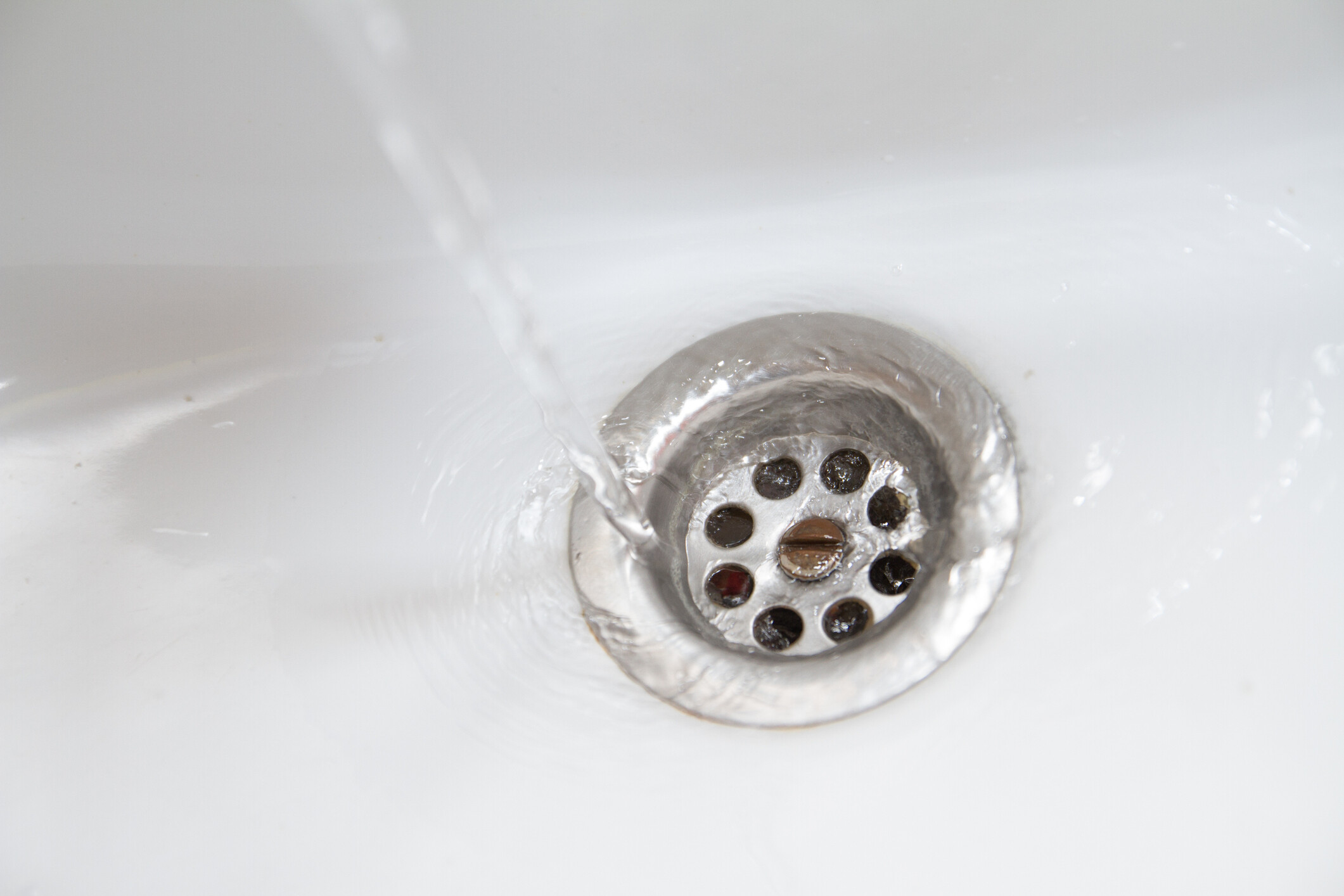
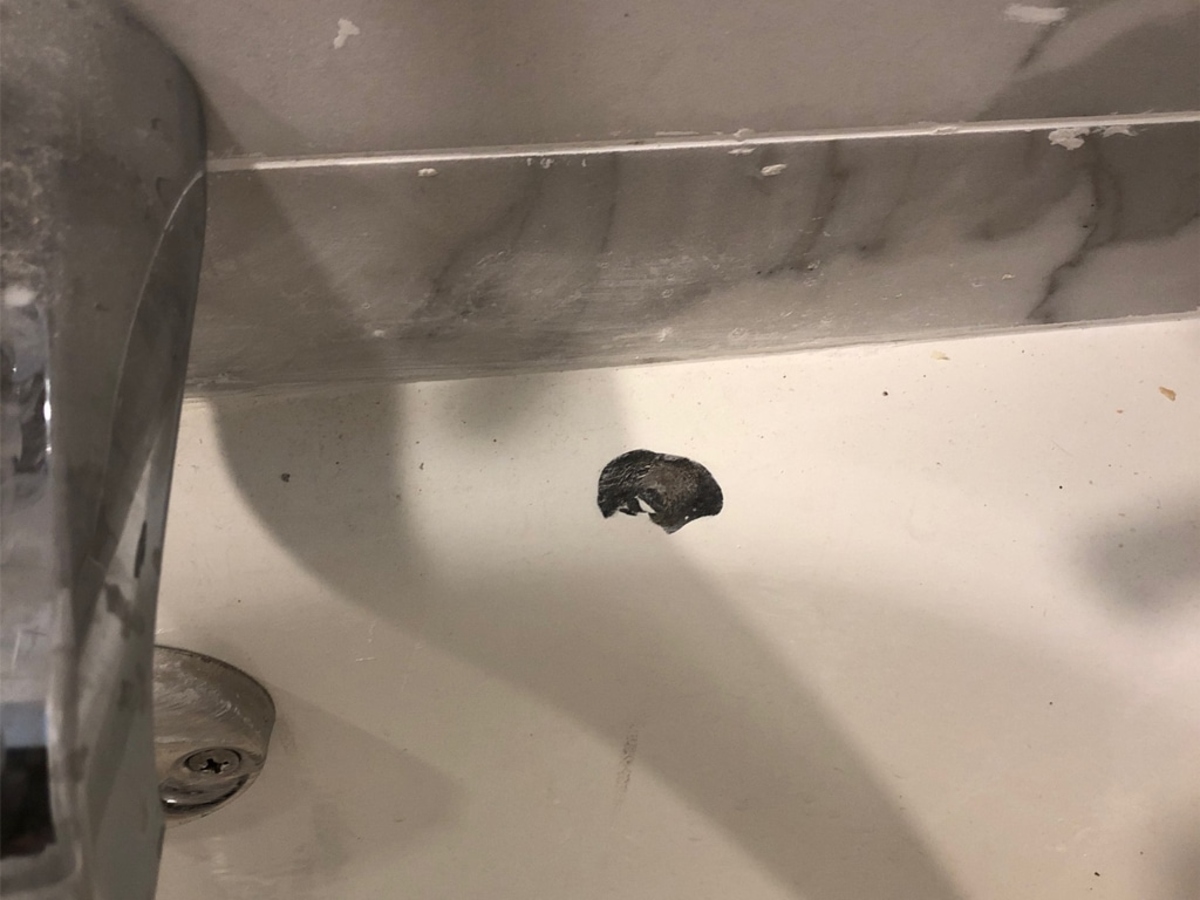
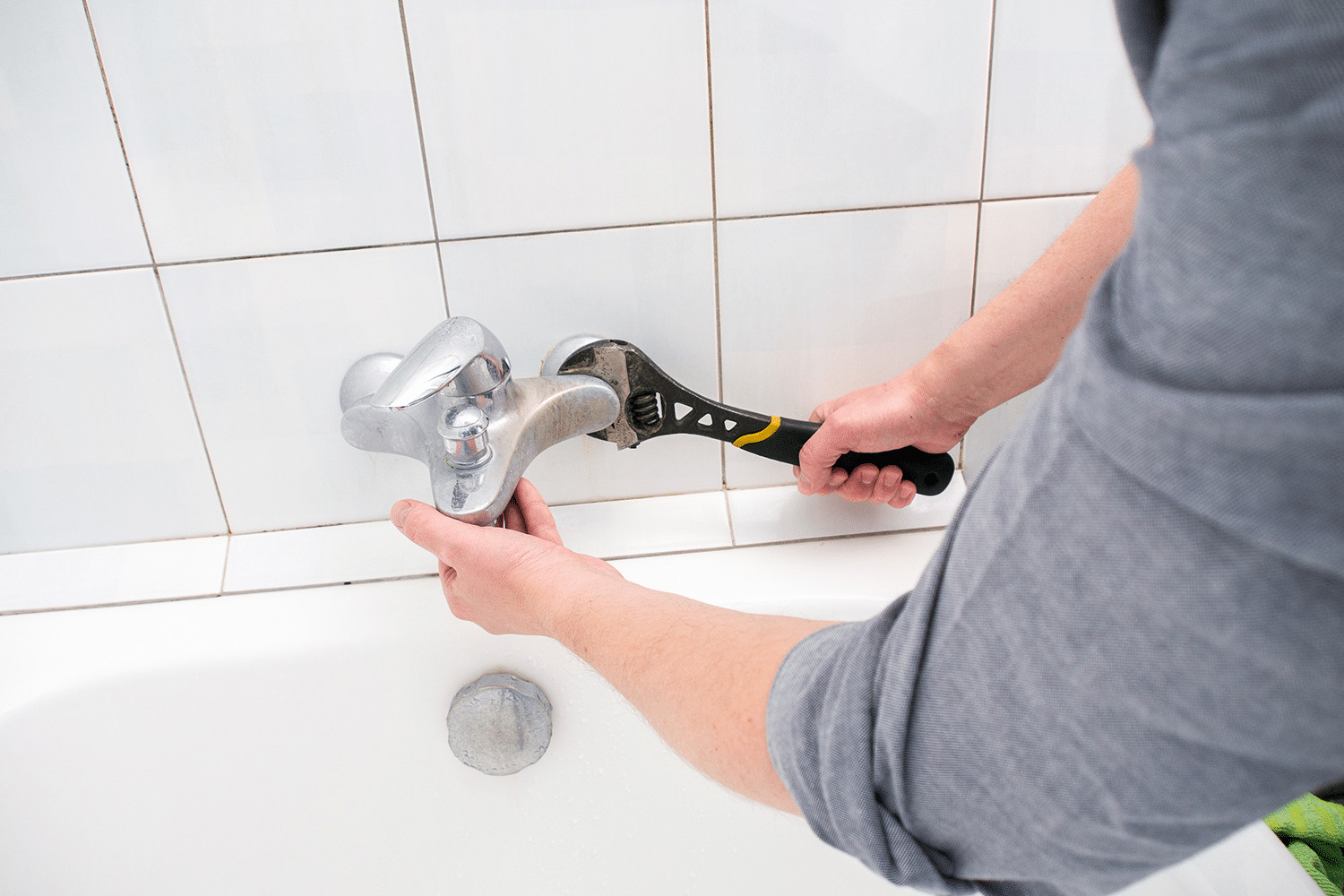
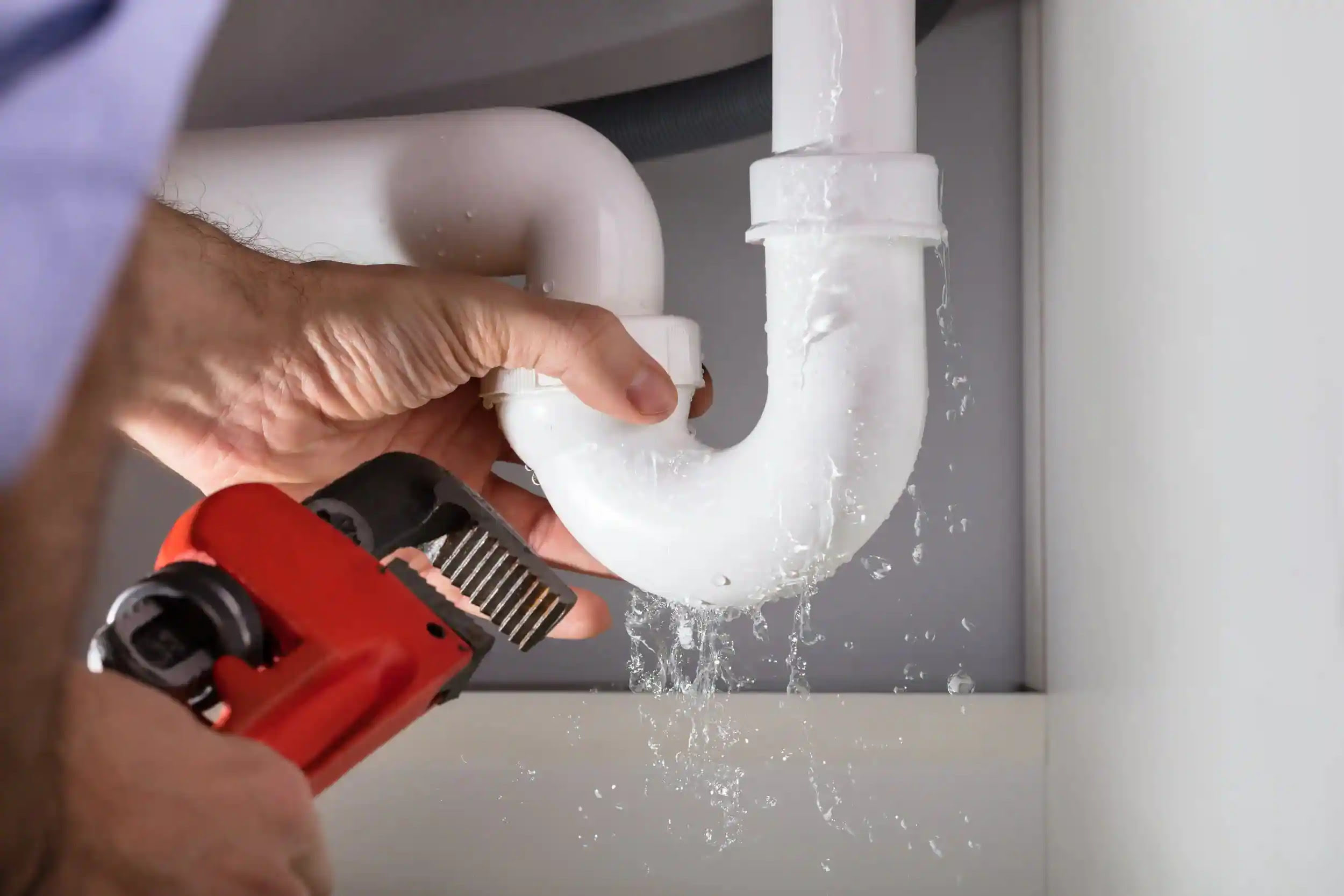
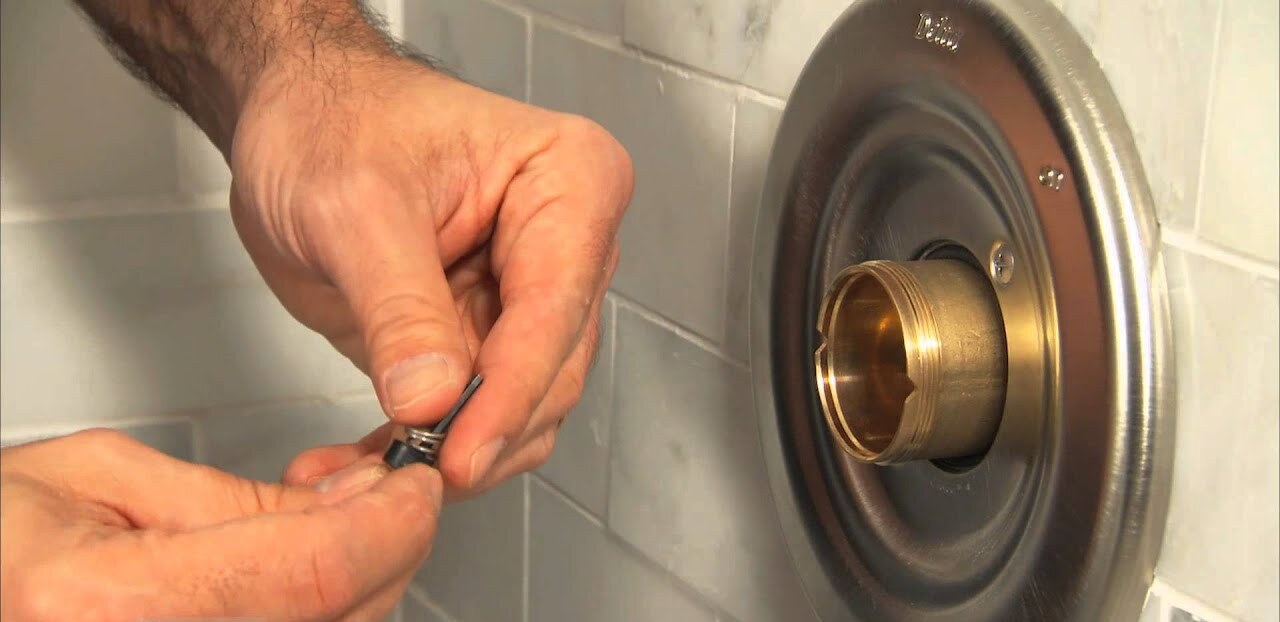
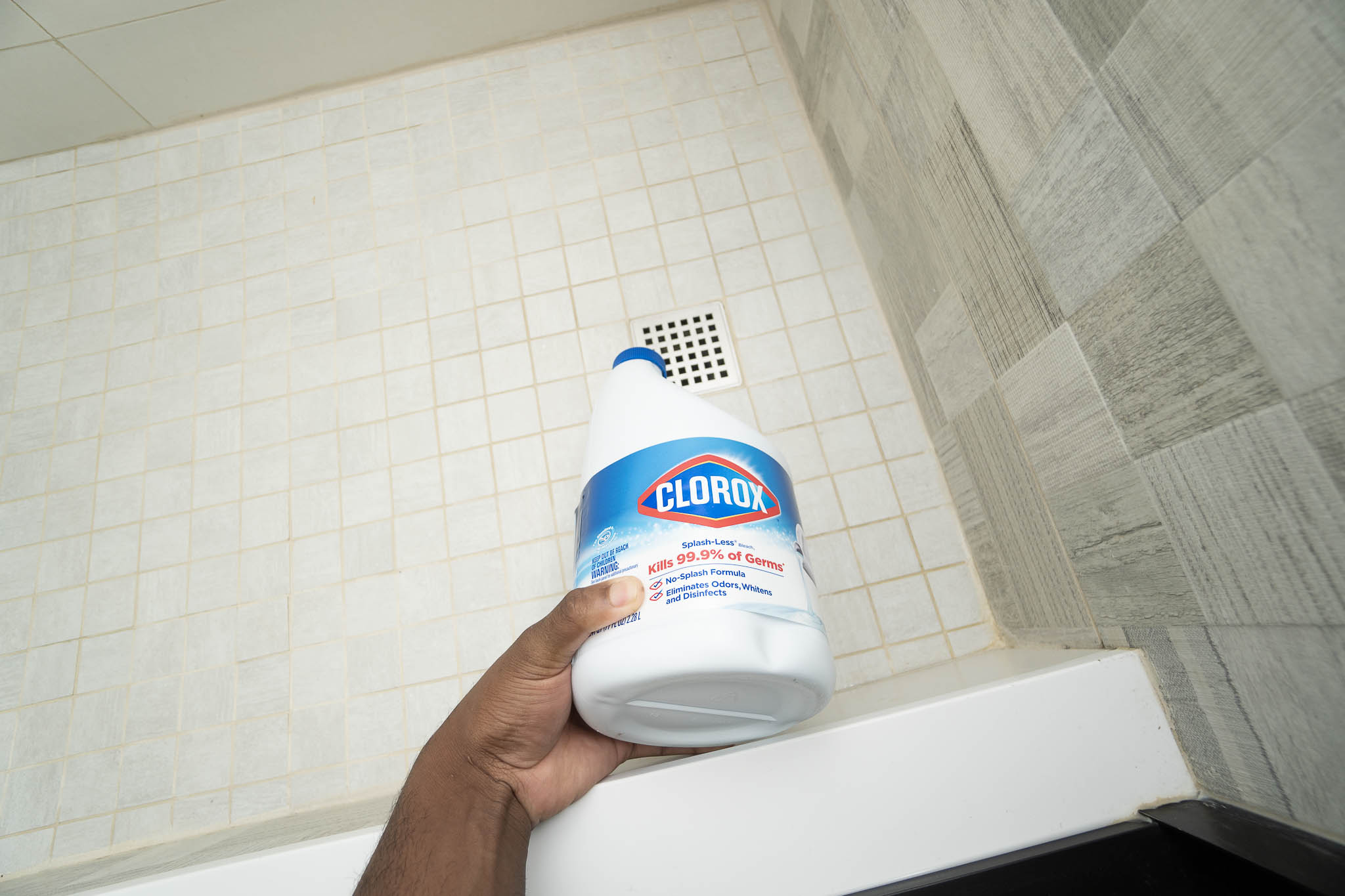

0 thoughts on “Bathtub Leaks When Draining”